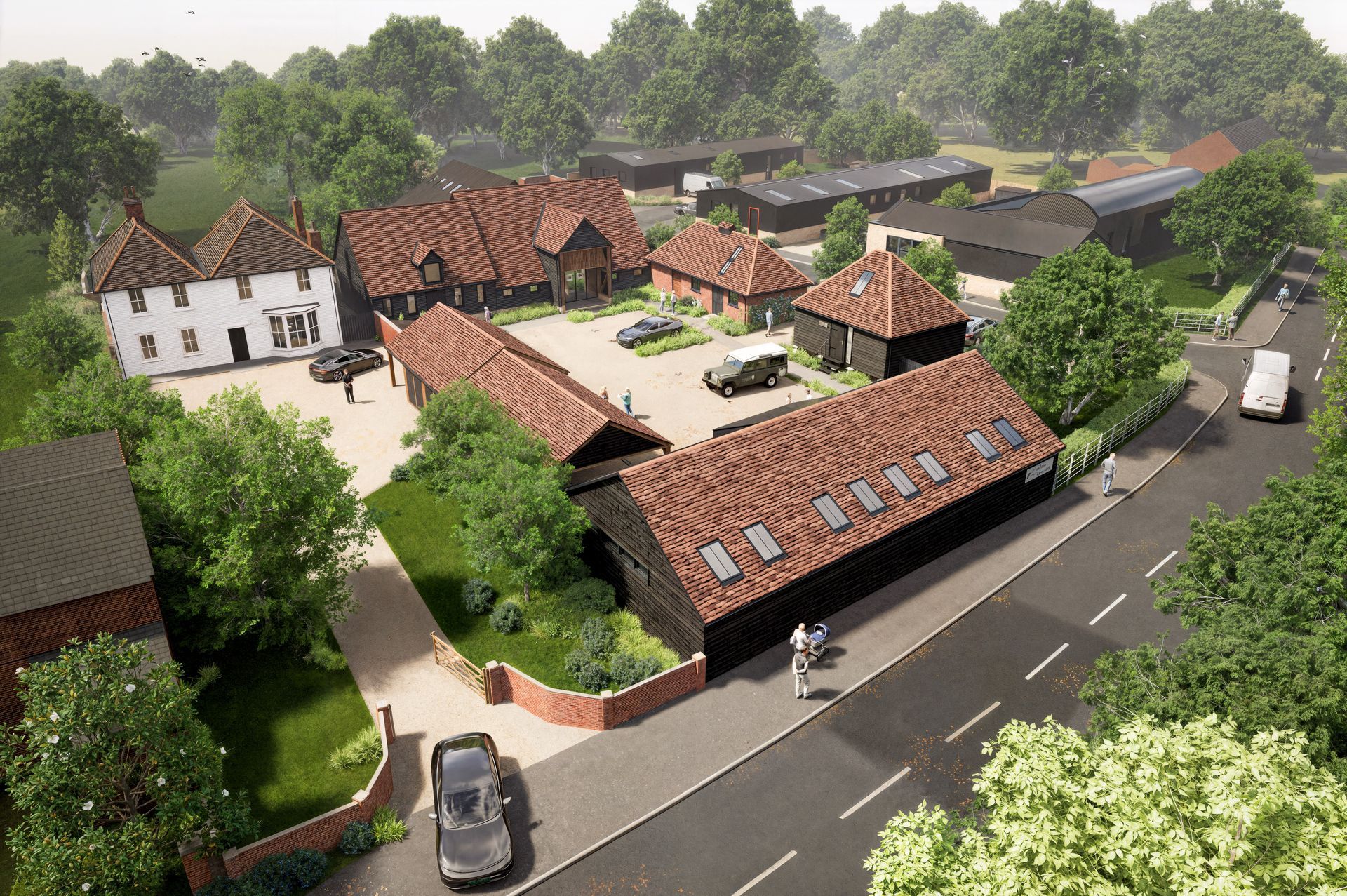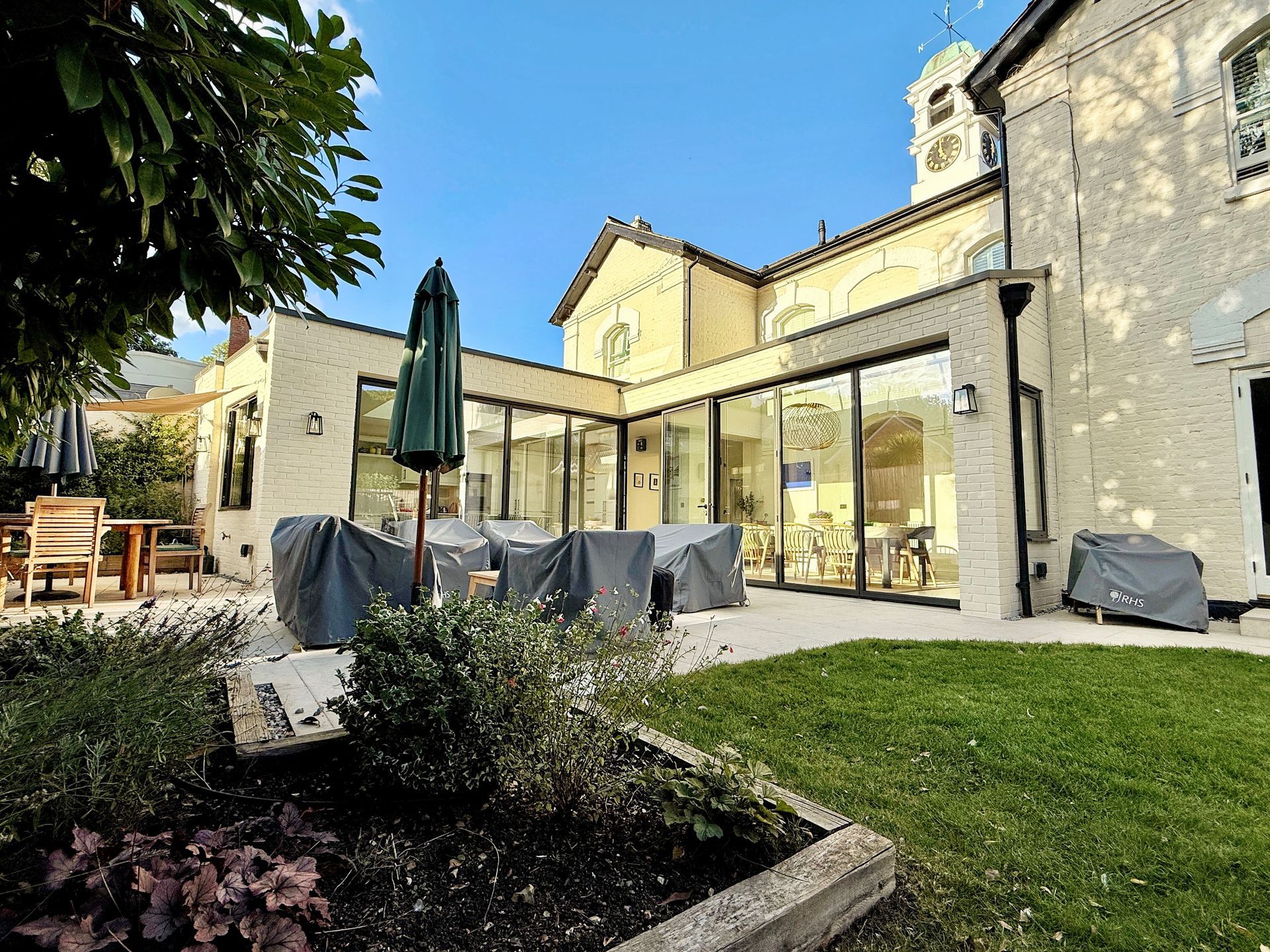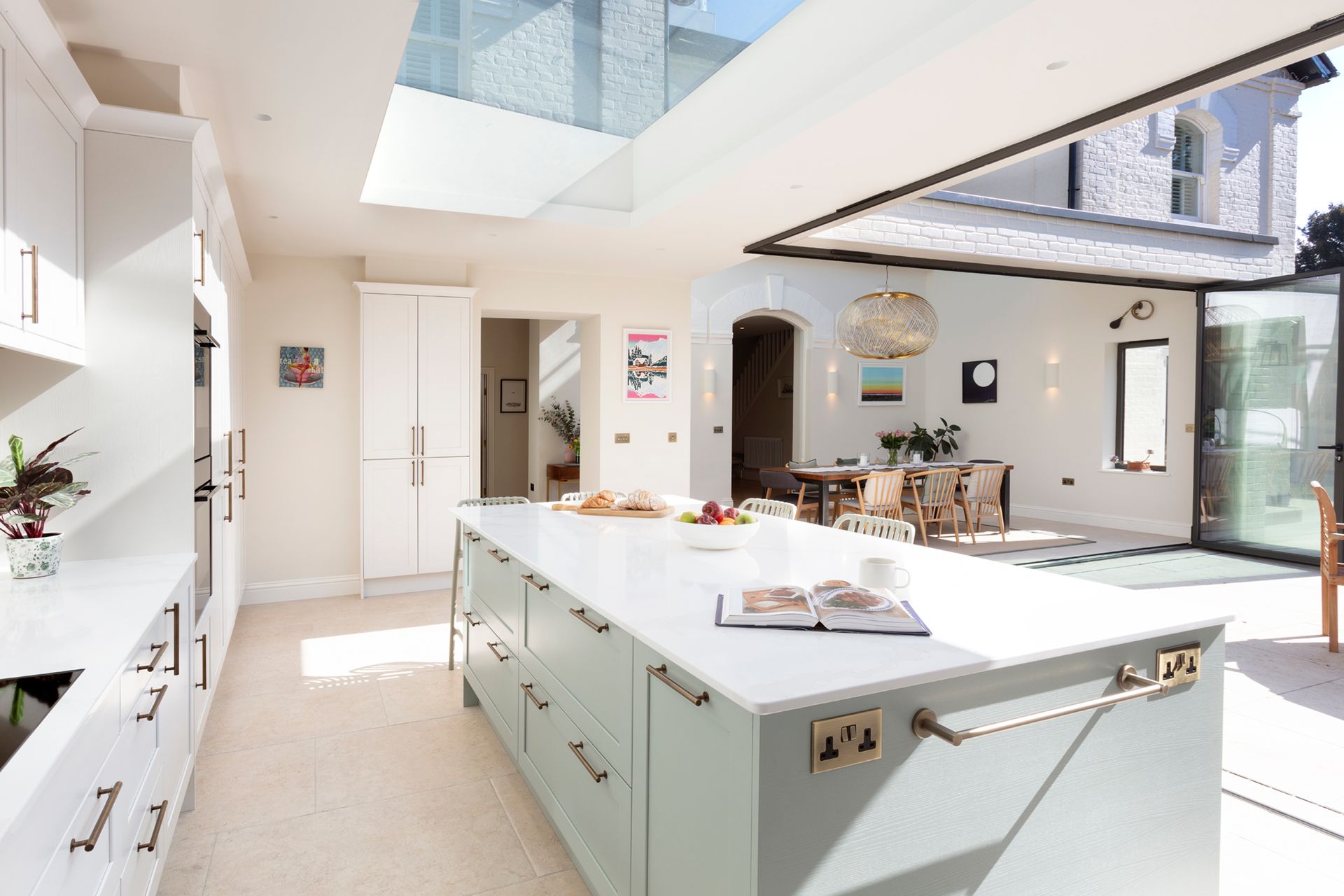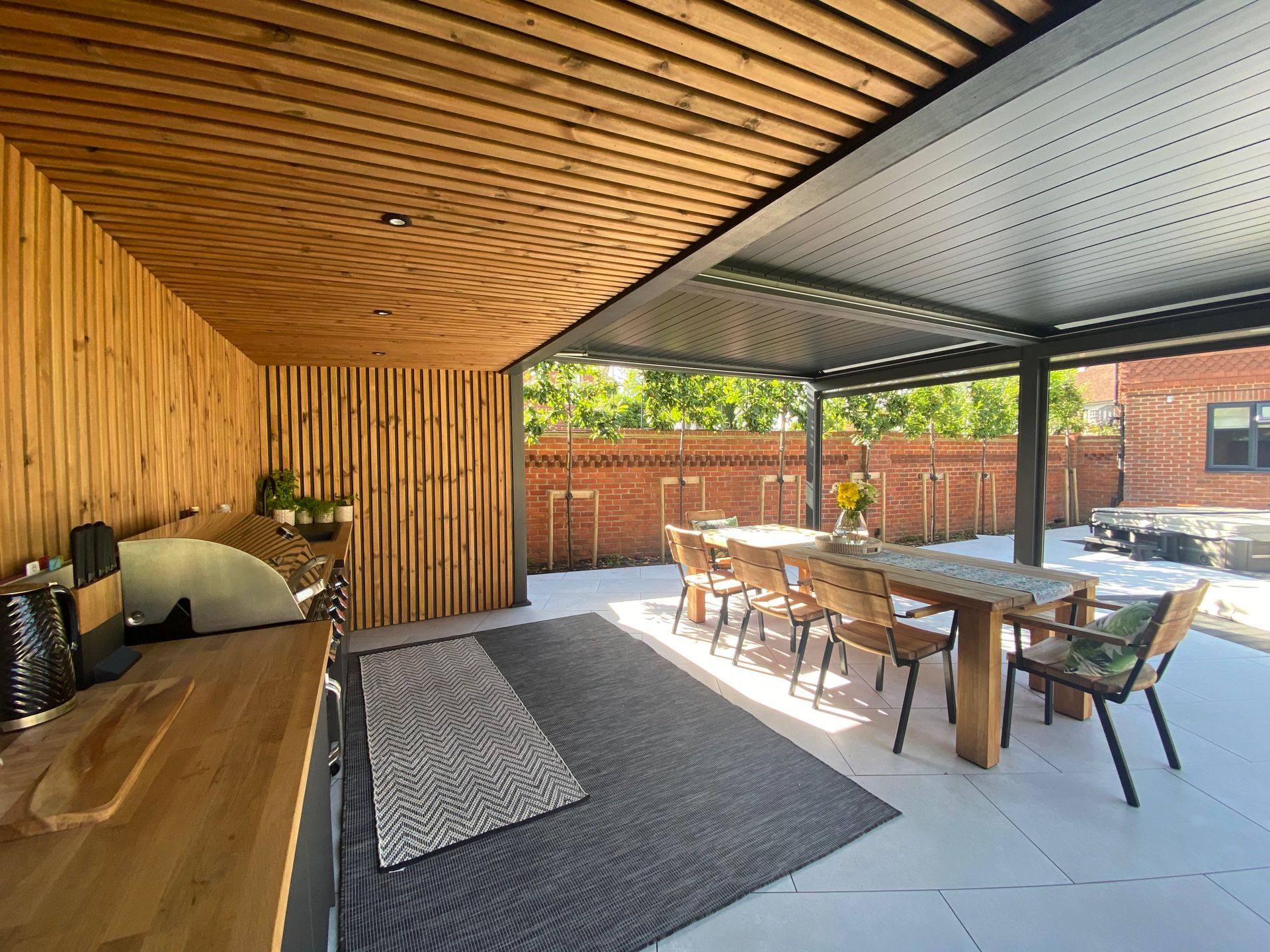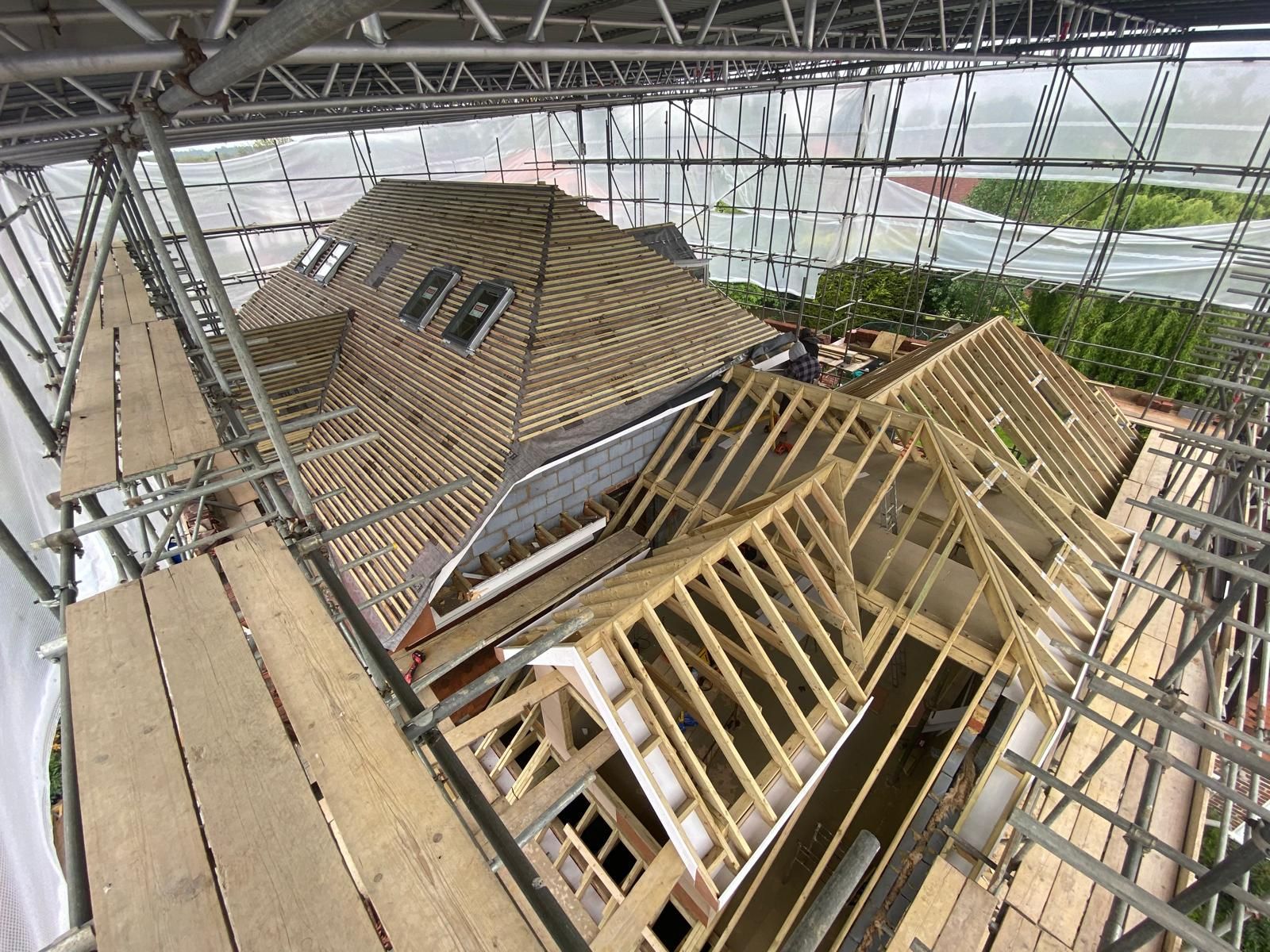So, how long does it take?
The majority of our prospective clients, will have some idea of what is involved in the process that leads to having an extension or new home designed and built. They range from some who think they’ll just need to tell the builder what they want to do, to others, who know they’ll need some drawings. Very few fully appreciate what is actually involved and how long it can take.
So, how long does it take?
There is no exact answer to this, theoretically, there are some types of projects (small, simple permitted development), where you could just call a builder and tell him you want to extend your house by 3m and he could make a start a couple of days later. Unless you’re very experienced or have a trusted builder who is also a designer, and knows exactly what you want, or you have experience in costing, detailed design and programming, (and I don’t mean you’ve watched Grand Designs etc back to back!) I would strongly advise against this!
Because there is no exact answer and because the time it will take depends on so many things, the simple answer is to give yourself way, way, way more time than you think you’ll need. And then some!
I’ll run through the typical steps process including an idea of the very approximate (realistic rather than optimistic) time each step (might!) take for a typical medium sized domestic extension (bigger projects will take longer).
The point is - it could take much longer than you think, and you’ll be in a much better position if you’re not forced into making rash decisions. This blog is more to help with timescales than to fully explain the process*, all of which will vary from project to project. It is possible and we can, have and will work to much shorter timescales but from my experience this drastically reduces the health and quality of a project.
MINUS 4 WEEKS - ESTABLISH AVAILABLE BUDGET & BASIC NEEDS
- Before involving construction professionals in the process, make sure you have an idea of what your overall budget is (not what you think a certain build might cost*) and some kind of wish-list of what you’re hoping to achieve. This should be the accommodation/rooms/spaces/features you’re hoping to create rather than how you think it should be done as that’s what your architect should do for you!
0 WEEKS - EXPLORE ARCHITECTS/DESIGNERS
- Call some architects/designers (ideally from referrals) and meet them to discuss what you’re hoping for and get them to explain what they will do for you, what they’ll charge, and whether this is right for you and your project.
- Ask them questions if you don’t understand anything about the process or the fees.
4 WEEKS - APPOINT ARCHITECT/DESIGNER & EXPLORE POSSIBILITIES
- Appoint your architect/designer and arrange a time for them to measure your house and prepare drawings of it. They will then work on initial designs.
8 WEEKS - REFINE DESIGNS
- Meet to chat through the first set of preliminary designs and take some time to give this thought if you need to.
- Let them know what you do/don’t like and they will prepare some additional alternatives if necessary.
12 WEEKS - PLANNING APPLICATION
- Once you’re happy with the designs, they will prepare and submit planning drawings to the Local Authority (LA) for a Planning Application.
22 WEEKS - PLANNING DECISION & BUILDING REGULATIONS PACKAGE
- *IF* (I really can’t stress that enough!) everything goes smoothly, your application will be approved.
- If not, you may need to negotiate with the LA to submit different schemes or a new application, which may take extra weeks or months. If you’ve given yourself oodles of time and you (and your architect) feel the decision is very unfair, you could appeal it, which may add an extra 3-6 months!
- Once you have an approval your architect will start the Building Regulations package, you will need to appoint other consultants (Structural Engineers etc) which your architect should help you to arrange but will then work with them directly.
- Your architect will co-ordinate the information and submit it to the LA for a Full Plans Application.
- The LA may require some additional information or minor changes, which the architect should deal with (you should receive an approval within about 4 weeks).
28 WEEKS - FULL PLANS SUBMISSION & BUILDER SELECTION
- These are the drawings/information that most competent builders could use to give you a quote and from which to build (although they’re not formally for tender/construction).
- You should meet with a selection of builders and ensure you’ve seen their
work and spoken to their recent clients.
- Select and appoint your builder, ensuring scope, timescales and costs are formally agreed in a contract)
40 WEEKS - START BUILDING (subject to all of the above falling nicely into place!!)
- During the build, you may need to deal with (or get help) other things such as: Party Wall Agreement, Thames Water Build Over Agreement or Discharge of Planning Conditions.
This process is sufficient for the majority of simple domestic projects.
PRODUCTION INFORMATION, TENDERING, CONTRACT ADMINISTRATION
For more unusual, larger, or projects where you will not be able to deal with day-to-day site queries, we would strongly recommend employing your architect for a full service. This would include:
- A formal set construction (production) information.
- Selecting, tendering to and appointing your contractor.
- Deciding upon, completing and administering your building contract.
- Attending site regularly to advice on and deal with queries on your behalf.
This process is likely to take the site start date to about 44 weeks
No two projects are the same. This blog is intended to give a better idea of what is involved and highlight that as with anything, the more time you give yourself to progress through the various stages of the process, the better the results of the process are likely to be. It will also enable you to attempt alternative solutions where you can’t get what you initially wanted, rather than settling for something that you’re not completely happy with because you have set yourself unrealistic deadlines or have run out of time.
If you have a project in mind and have got any questions at all, speak to a few architects as soon as you start pondering and they should be able to help you. That doesn’t mean you need to start your project straight away or even necessarily start having to pay any fees, but it will mean that you will have a better picture of how to go about getting the best out of your project.
(Asterisked items* will be covered in future blogs)
